Watercress, aka Nasturtium officinale, is a green leafy vegetable packed with nutrition and commonly used in salads and sandwiches. Although it is a superfood, you might wonder can cats eat watercress or not. Your cat can eat watercress only if given in an appropriate quantity. Otherwise, it can be mildly toxic for them.
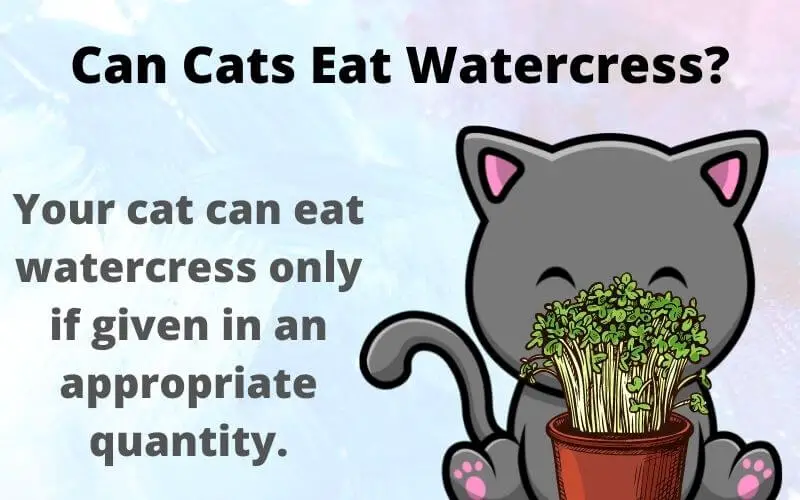
Can Cats Eat Watercress?
Cats are obligate carnivores and require a protein-rich diet containing meat to ensure proper health. However, giving green vegetables to your cat in small amounts to nibble can be a healthy replacement for usual high-calorie treats while aiding in metabolism.
Is Watercress Poisonous To Cats?
If given in minute quantities and not often, watercress is not poisonous to cats. Since a cat’s primary diet is meat, watercress is not something they would naturally prefer, but there is no harm in giving them a few leaves to nibble on.
This leafy vegetable is full of vitamins and minerals that can benefit your cat. However, keeping the quantity in check is crucial for maintaining the health benefits. If fed in large portions frequently, the oxalates present can cause mild toxicity in cats leading to gastrointestinal disturbance.
What Happens If Cats Eat Watercress?
If cats eat watercress in large quantities, they may experience gastrointestinal imbalance such as vomiting or diarrhea. Since watercress contains oxalates, consuming it in high amounts can cause it to bind with calcium, leading to the risk of kidney stone formation in cats.
Have a look at can cats eat carrots
Cats also lack liver enzymes that break down nicotinic acid and feeding them more than the appropriate quantity of watercress can lead to poisoning. Moreover, the high potassium content in watercress can increase thirst and lead to liver damage when fed to cats in large proportions.
Symptoms Of Nasturtium Watercress In Cats
The symptoms of Nasturtium watercress toxicity in cats after consuming in large amounts may include:
Vomiting: Watercress contains compounds that can irritate the stomach lining and induce vomiting. One of these compounds is mustard oil glycosides, giving watercress its distinct bitter flavor. However, this irritability caused by large amounts of watercress consumption is more common in cats than humans since cats have sensitive stomach linings.
Diarrhea: The stomach lining irritating compounds found in watercress can also irritate the intestines resulting in your cat defecating loose or watery stools.
Kidney Stones and Difficulty in Urinating: In high amounts, the oxalates in watercress bind with the calcium in your cat’s body and accumulate as calculi within the kidney or bladder. This accumulation of oxalate stones leads to urine retention or difficulty passing urine. In extreme cases, you might notice your cat’s urine containing blood.
Check the latest article can cats eat pumpkins
Other symptoms can include lack of appetite and malaise.
Causes Of Nasturtium Watercress Poisoning In Cats
Feeding large quantities of watercress to your cat causes mild toxicity and leads to Nasturtium watercress poisoning. One of the main causative factors leading to toxicity is the glucosinolate-myrosinase complex contained within this green leafy vegetable. This toxic compound is activated and imparts adverse effects once chewed or bitten.
Since cats usually have a more sensitive gastrointestinal lining than humans, the effects of poisoning are more evident in them. Moreover, high amounts of oxalate accumulation can further lead to kidney or bladder calculi formation.
Treatment Of Nasturtium Watercress Poisoning In Cats
If your cat has been diagnosed with Nasturtium watercress poisoning by a veterinarian, a few treatments prescribed depending upon the severity of symptoms include:
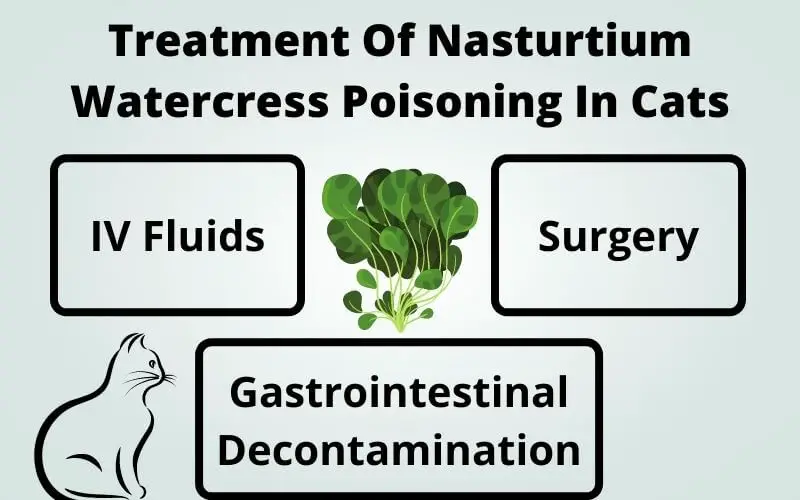
Gastrointestinal Decontamination: On ingesting a large quantity of watercress, a solution of activated charcoal is given to your cat to drink. This solution helps absorb the toxins and reduces the risk of developing gastrointestinal adverse effects.
IV Fluids: If symptoms like diarrhea, vomiting and increased thirst start to appear after ingesting watercress, a veterinarian will give your cat IV fluids. IV fluids help in rehydration and replenish the level of electrolytes.
Surgery: In severe cases when calculi accumulate within the kidney or bladder, your cat might require surgery to get them removed.
Recovery Of Nasturtium Watercress Poisoning In Cats
If diagnosed during initial symptoms and provided with appropriate treatment, the prognosis of Nasturtium watercress poisoning in cats is good, and recovery is quick. Moreover, your cat would not experience any long-term effects with early treatment. However, if symptoms worsen and renal or bladder calculi form, the recovery after surgery would take longer.
FAQs
What Are The Symptoms Of Watercress In Cats’ Urine?
If your cat consumes an appropriate amount of watercress, its urine may be copious since this vegetable acts as a diuretic. It will also contain excreted oxalates and potassium.
However, if fed in large quantities, the oxalates bind to calcium, forming stones that lodge inside the kidney or bladder. The accumulation of calculi might cause urinary retention or difficulty in urination with traces of blood.
What Is The Diagnosis Of Nasturtium Watercress Poisoning?
If Nasturtium watercress poisoning is suspected, the veterinarian will initially take a complete medical history of your cat and perform a physical examination.
Next, they will order a series of tests such as Complete Blood Count (CBC), Biochemical Profile, Urinalysis, Abdominal X-rays or Ultrasound, and Urine Culture. The result of these tests helps obtain a solid diagnosis and formulate the appropriate treatment.
Are Nasturtiums OK For Cats?
Nasturtiums taste similar to watercress and consist of somewhat the same nutrients. The flowers and leaves of Nasturtiums are ok for cats to consume if fed in small quantities. Like watercress, Nasturtiums also contain oxalates and, when fed in large portions to cats, can cause mild toxicity and adverse gastrointestinal effects.
Moreover, high levels of oxalate bind with calcium and accumulate as kidney or bladder stones causing your cat to pass urine with difficulty.
Conclusion
While watercress is entirely safe for humans to eat, feeding it to your cat in large quantities can negatively impact their gastrointestinal and urinary tract. If you decide to feed your cat watercress, talk to a veterinarian first to know the suitable amount and rule out possible sensitivity.


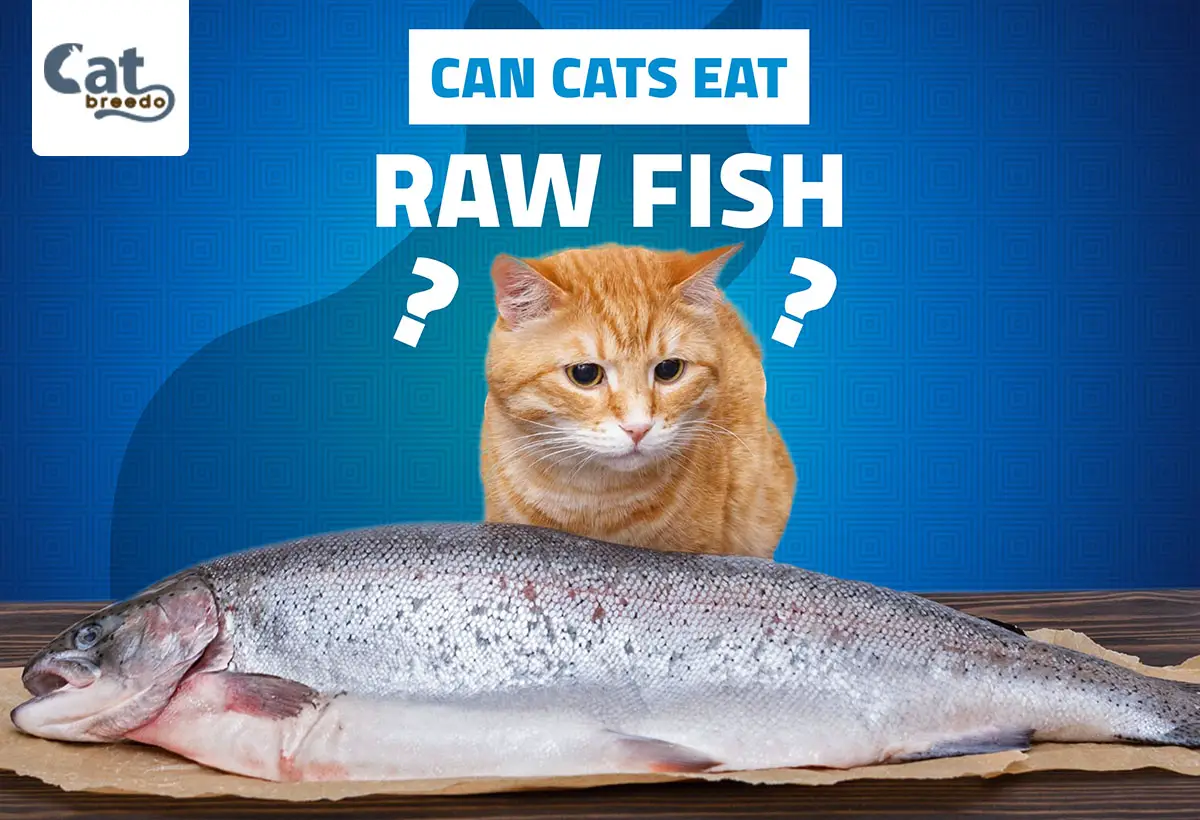
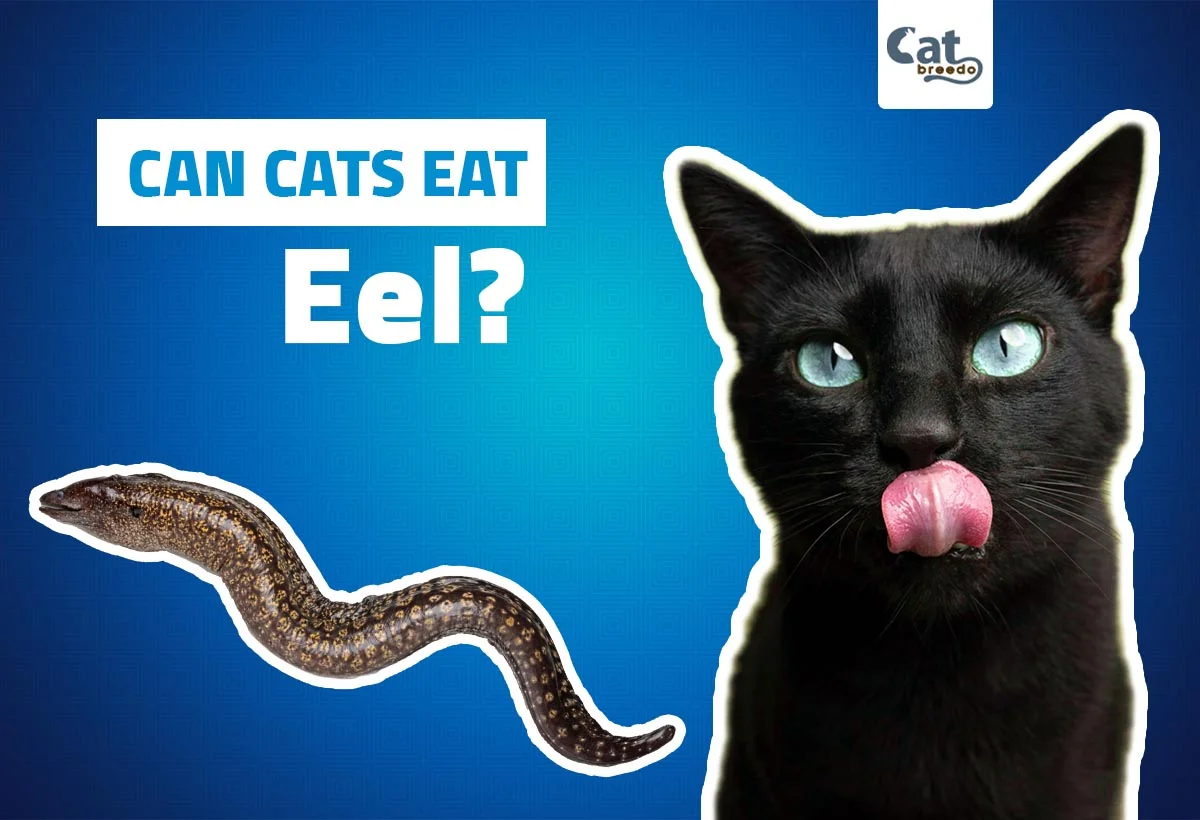
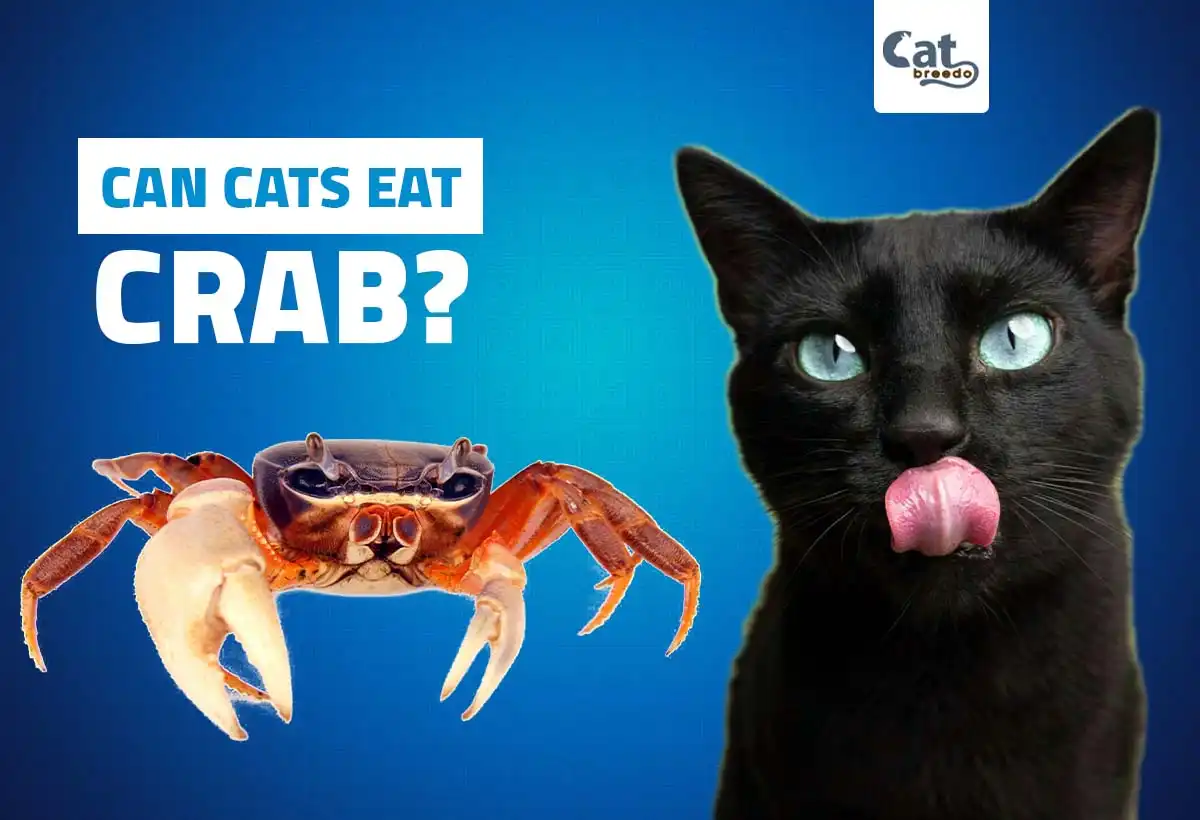
Leave a Reply